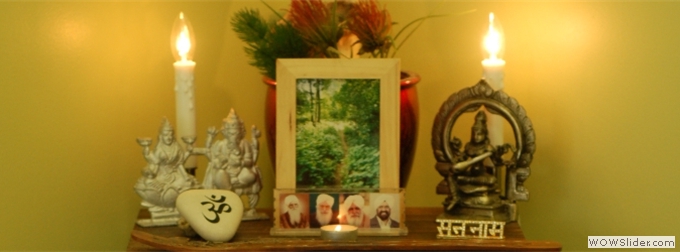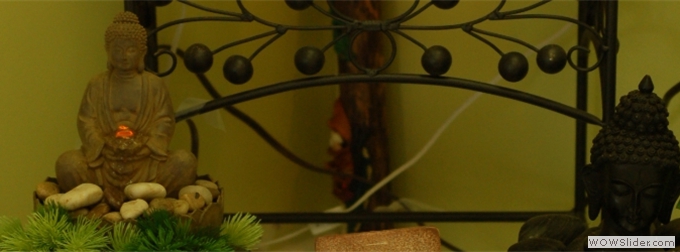The term Yoga has been significantly elaborated and expanded on in the past decade. Please click the headers to the sections below for detail around the question or yoga topic.
What Is Yoga?
In Sanskrit when two or more things are added or united it is called ‘Yog’ or ‘Yoga’. For some it may mean adding another dimension of awareness to the existing Self and for others it could mean uniting the wisdom of body, mind and breath through increased consciousness at the spiritual level. Yoga is often translated as ‘yoking’.
What Does Hatha Mean?
The word ‘hatha’ is a compound word: ‘ha’ meaning sun and ‘tha’ meaning moon referring to the two major channels or nadis in the body. Pingla or solar channel which is on the right and ida or lunar channel which is on the left. But when the two components of the word are joined together it means ‘willful’ or ‘persistent’. To do something with ‘hatha’ is to do something willfully or persistently. A yogi has to purify the body through strong yogic practices to attain the ultimate goal of yoga which is yoking, taming or aligning the individual self to higher Self.
What Is Hatha Yoga?
Hatha yoga or yoga Vidya means science of yoga or knowledge of yoga. Hatha yoga is a part of the practice of Raj yoga, also called the ‘royal path.’ The yoga sutras of sage Patanjali establish an eightfold path or ‘ashtaang yog’ to purify the body and mind and reach a state of ‘Samadhi’ in which yogi becomes one with the object of his meditation.
The beauty of following a yogic path is that it meets and fulfills the needs of each individual through general guidelines and leaves one alone to chart out their own path. It is a science for the scientific. It is philosophy for the philosopher. It is an art form for the artistic and it is a method of simple living for all.
Eight Limbs Of Raj Yoga
The eight limbs of yoga are:
Yama: To eliminate or to abstain. This includes Ahimsa or non-violence, satya or truth, Astey or non stealing, Brahmacharya or chastity, Aprihagriha or abstention from greed
Niyama: To accept or observe certain practices. Together the two mean rejection of evil on one hand and acceptance or observance of good. These are: Shaucha or cleanliness, Santosha or contentment, tapas or austerity, swadhyaya or self-study, Ishwer Pranidhaan or surrendering to Higher Self
Pranayama: ‘Prana’ means vital energy and ayama means disciplining. The physical manifestation of that vital energy in the body is breath. But prana is more than just the intake and expulsion of air from the lungs. At the subtle level it is connecting the individual energy to the cosmic energy through proper discipline and alignment.
Asana: This can mean a seat or a posture. In the practice of hatha yoga, body is a vehicle to attain spiritual goal and therefore a lot of emphasis is laid on a rigorous asana practice so that body is prepared for the next four limbs.
Pratyahar: It is a combination of two words: prati meaning opposing or against and ‘ahaar’ meaning food or objects of ingestion. We ingest not only foods, we ingest sounds, sights, smells and touch as well. Pratyahar is the withdrawal from the sensory inputs. This is the bridge that connects the physical practices of the above limbs to the spiritual practices of the next three limbs.
Dharna: Learning to sit. Once the senses are withdrawn through pratyahar one must engage in the practice to sit for long hours. This is the stage when mind must get tamed for even after the senses are withdrawn, mind stays active. For the success of the next limb, it is necessary to cultivate ‘dharna’
Dhyana: This is the stage when one develops the inner focus. It is a meditative state. This is the stage when a yogi truly practices Swadhyay and understands what is Truth and what is Illusion or ‘maya’
Samadhi: This is a state of becoming one with the Higher Self. It is described as a state of equilibrium, a state of total integration and a state of bliss.
Health
In Sanskrit the word used for health is ‘svaastha’ which is a combination of sva+ stha. The word ‘sva’ means Self and ‘stha’ means established. So, a truly healthy person is the one who is firmly established in the Self. This simple Sanskrit term for health beautifully validates the psycho-spiritual implications of perfect health. Even in English the term means absence of ease: dis+ ease. So, any disturbance in the being at any energetic level: physical, mental or spiritual would mean less than ‘perfect health’ or ‘svaastha’









